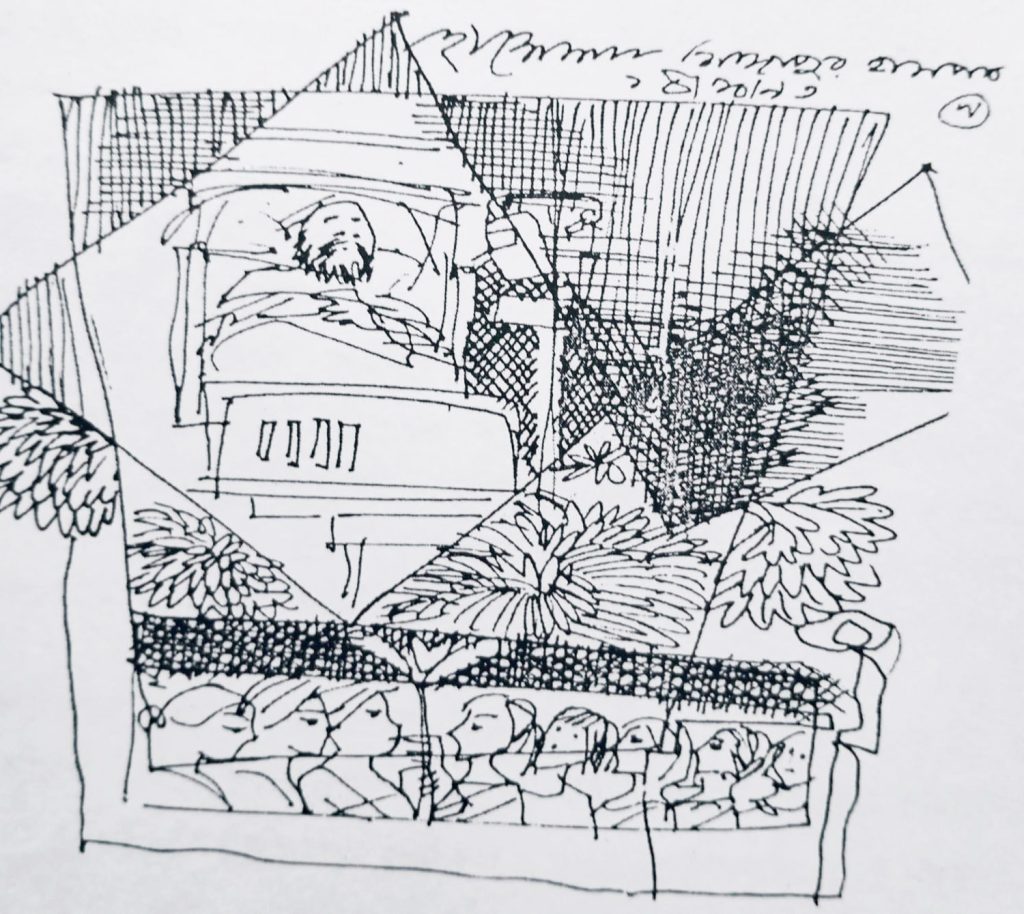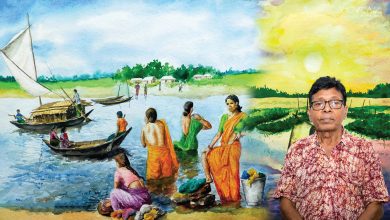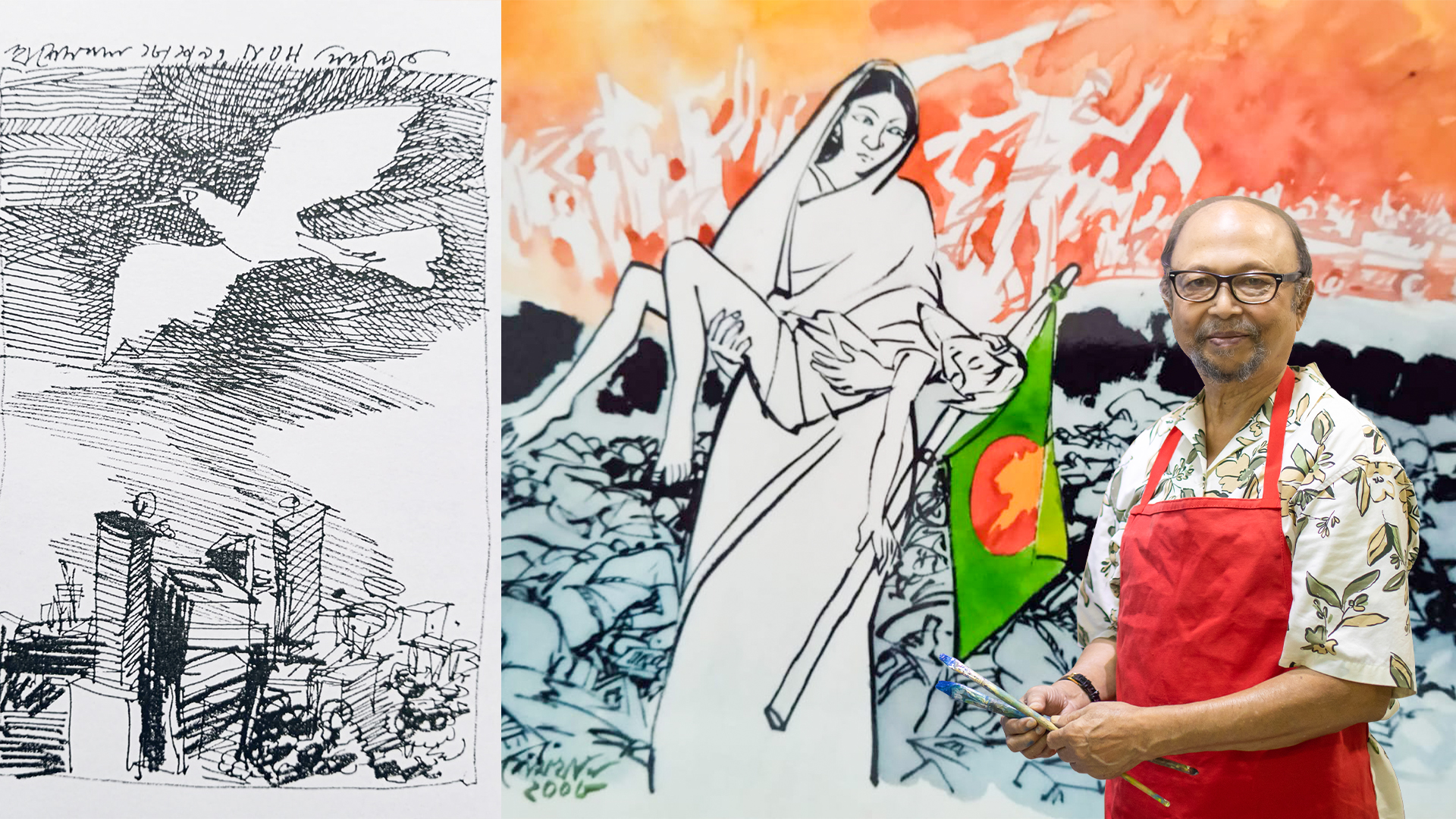
Hashem Khan, born on April 16, 1941, in Chandpur, Bangladesh, is a vibrant force in the nation’s art scene, weaving colors of passion and purpose into every canvas. Graduating from the Faculty of Fine Arts at the University of Dhaka in 1961, he began a journey that would intertwine his love for art with a commitment to social activism. His artistic development continued with specialized training in book design and illustration at ACCU in Japan, enhancing his versatility as an artist, and showcasing it as an artist. He currently serves as the Chairman of the Bangladesh National Museum, where he continues to promote the country’s artistic heritage.
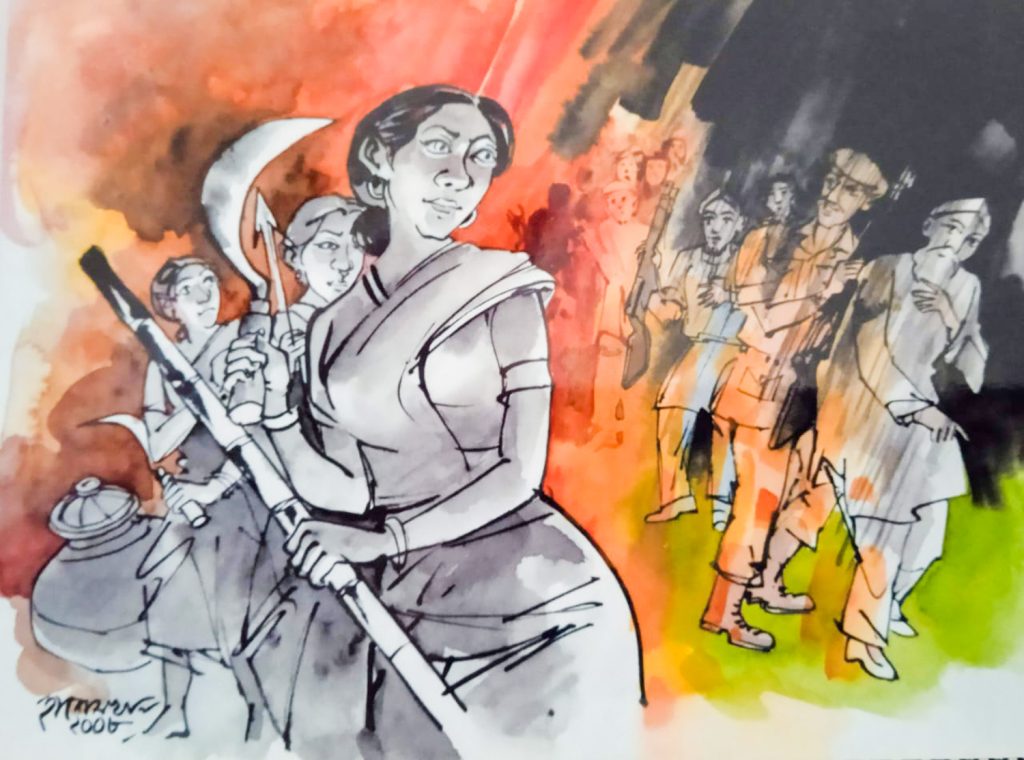

Hashem Khan dedicated 44 years as a professor at the Faculty of Fine Arts, inspiring countless students until his retirement in 2007. His commitment to art education extended to uplifting children through creative expression, as seen in his children’s books and his role as a founding member of the Dhaka City Museum. Throughout his career, he received several honors, including the Ekushey Padak in 1992 and the Independence Day Award in 2011. Khan continues to create and advocate for the arts, inspiring future generations to explore their creativity while staying connected to their heritage.


As he puts it,
“The simple joys of rural life fuel my creativity.”
He is mostly known for his vivid portrayals of rural life in Bangladesh. His work has played a significant role in enriching the country’s art and culture. Scenes from everyday rural life, like fishing, making rice cakes, harvesting, sailing, moonlit nights, and loaded boats, often appear in his art. He believes that the richness of rural life is his greatest source of inspiration.


As a participant in the Bangladesh Liberation War, Hashem Khan has created many powerful artworks that reflect the struggles and spirit of that time. He believes that
“Art is a powerful medium to narrate our history and emotions,” a sentiment that shines through his evocative pieces.
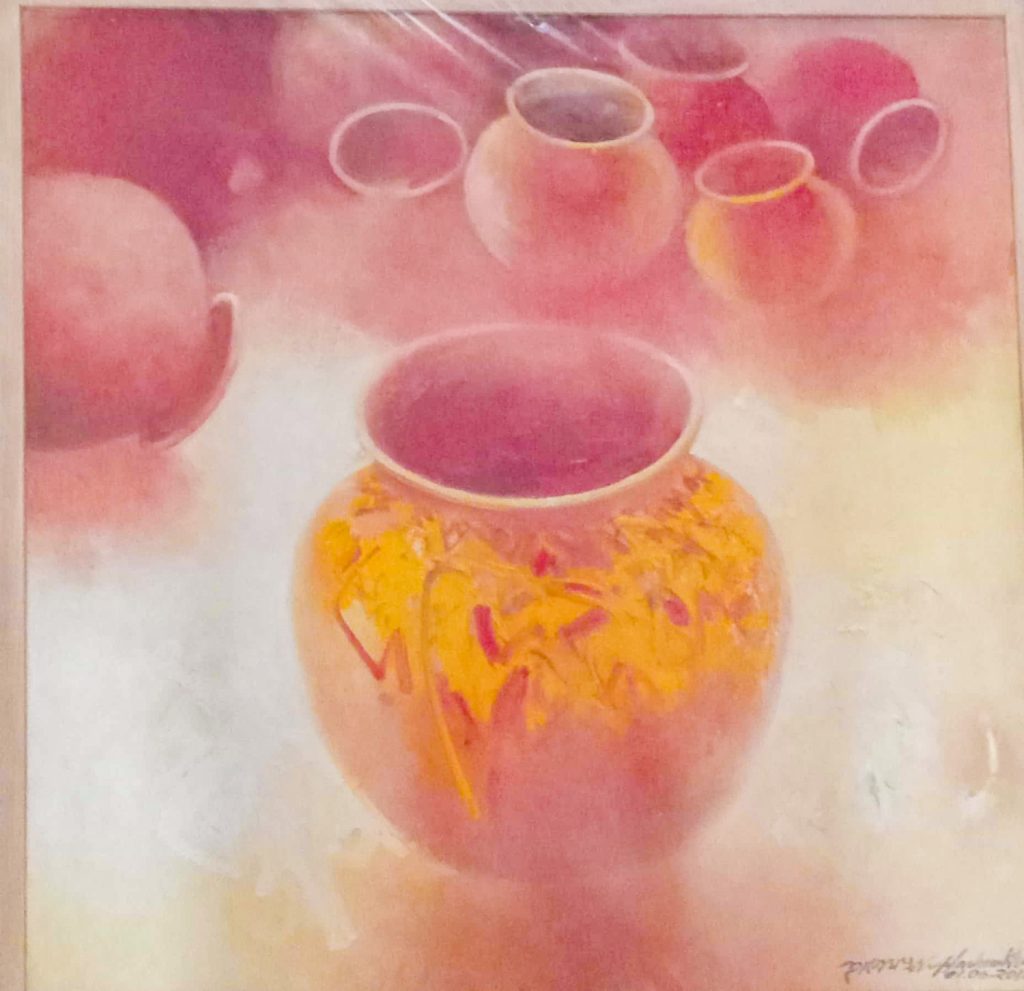
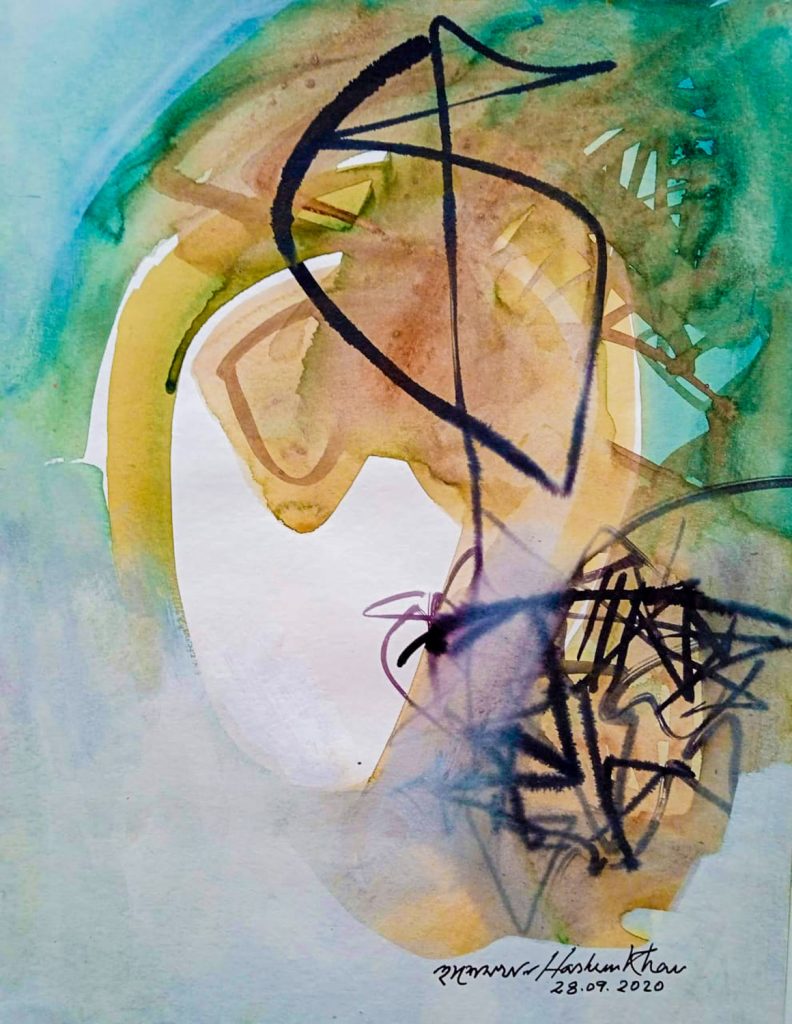
Hashem Khan began his distinguished career in 1963 as a professor at the Oriental Art Department of the Fine Arts Institute at Dhaka University. In 1972, he played a key role as the chief artist for the artistic decoration of Bangladesh’s Constitution. Khan also represented Bangladesh at the Children’s Book Artists’ Conference in Tokyo and Czechoslovakia in the mid-1980s, aligning with the International Year of the Child in 1979, reflecting his dedication to art education and children’s literature.
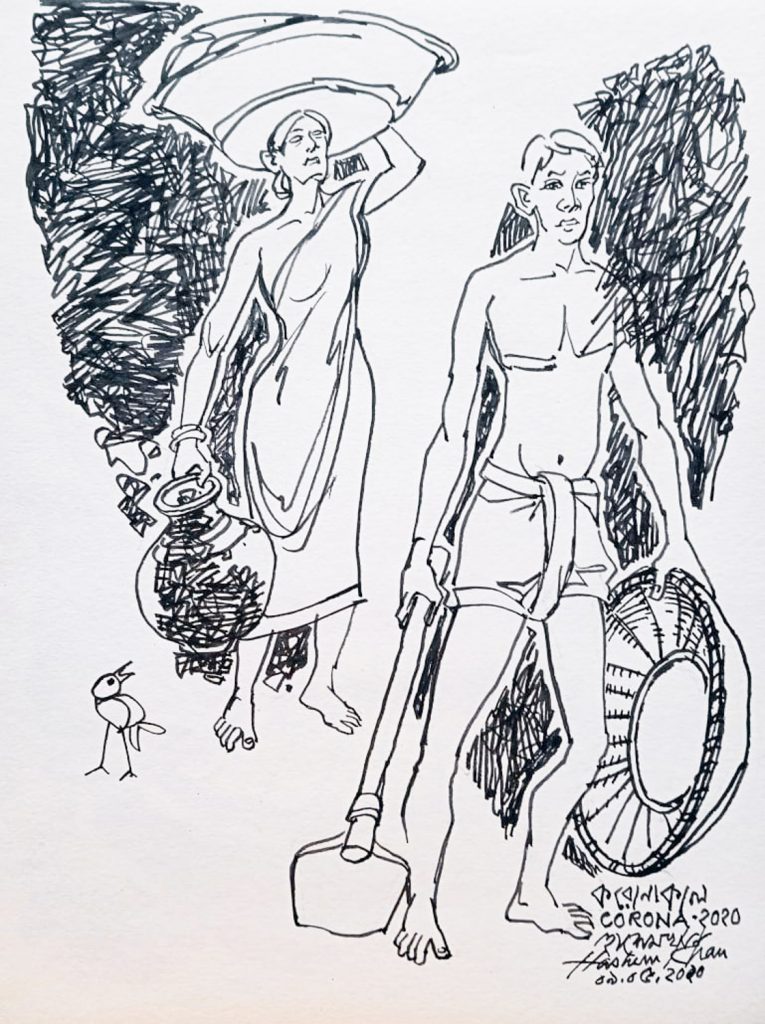
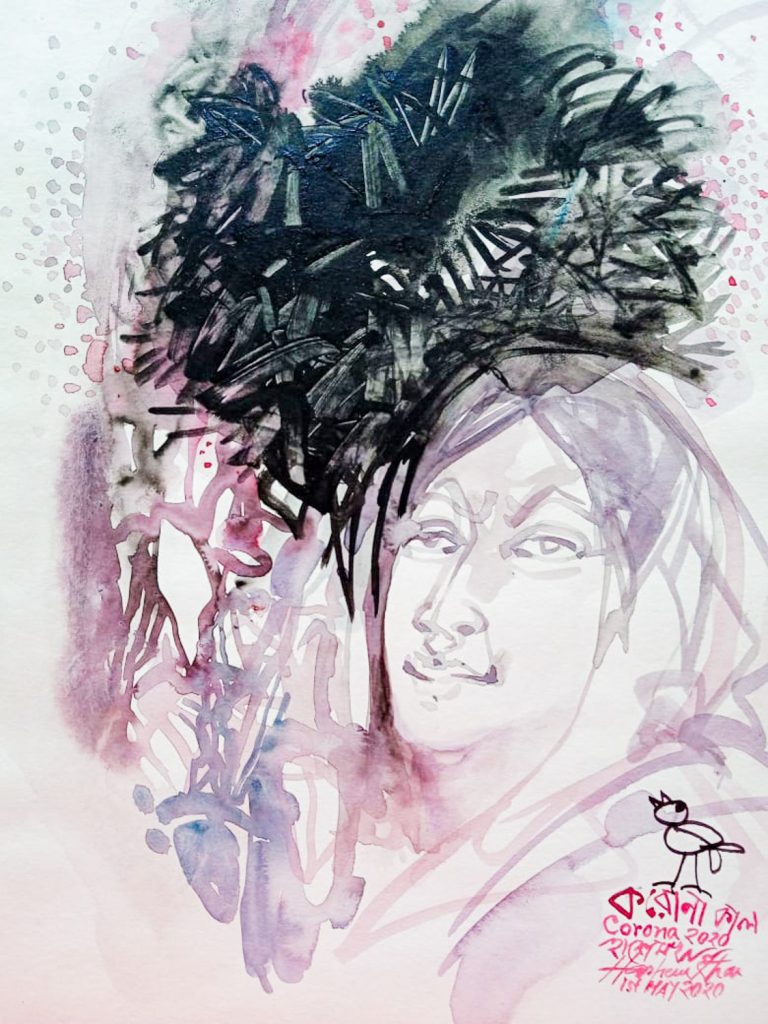
Hashem Khan’s influence went beyond teaching and exhibitions; he conducted workshops both domestically and internationally, nurturing new talent. He served on the Jury Board and Implementation Expert Committee for the ‘Freedom Pillar’ at Suhrawardy Udyan and was an expert member of a committee for establishing a National Art Gallery, National Theater, and National Center for Music and Dance. Khan also designed textbooks and developed the fine arts curriculum for secondary and higher education, authoring five books that are essential resources for students, ensuring a strong foundation in the arts for future generations.
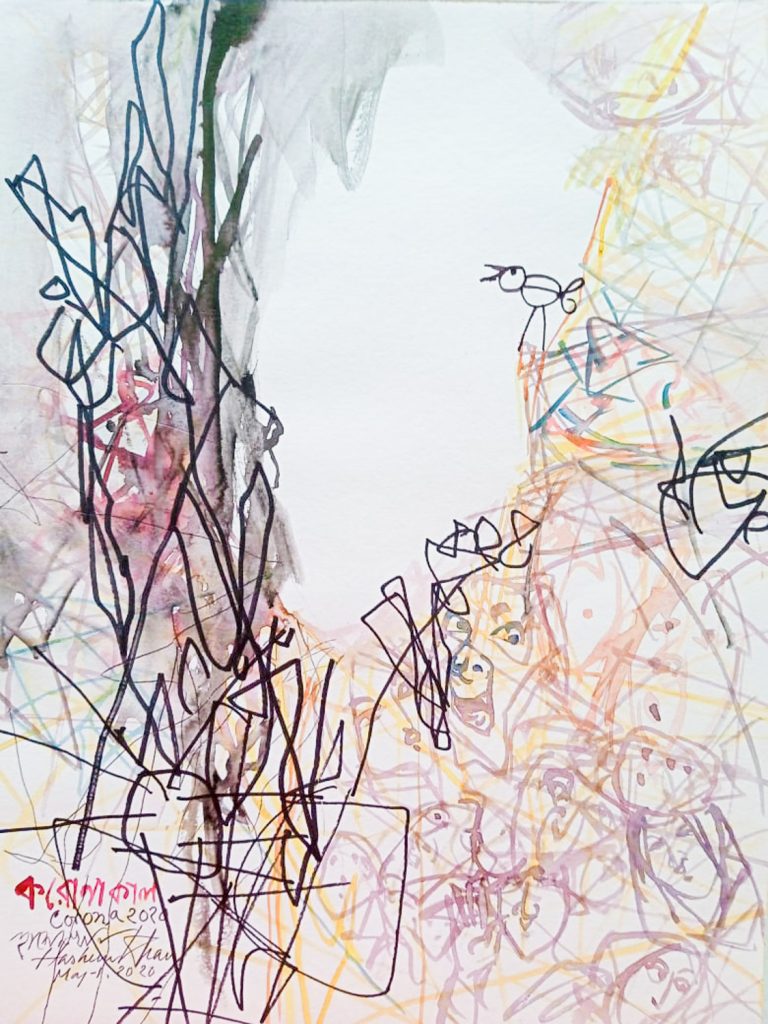

HSBC has partnered with Hashem Khan to publish a collection of his selected artworks, emphasizing the role of art in uniting communities and inspiring future generations. Khan expressed concerns about the poor preservation of legendary artworks due to insufficient funding for the art and culture sectors.
, “Nurture genuine feeling in your artistic journey. Dive deep into your personal experiences, for they are the true essence of your art.”


His artistic journey reflects a desire for clarity and directness, as seen in his wood sculptures that highlight the beauty of simplicity and the material’s intrinsic qualities. Despite early familial confusion about his career, Hashem Khan followed his passion for art, believing that


“To create art, you must connect with your emotions.”
This philosophy shaped both his work and his teaching, emphasizing emotional engagement in the creative process.

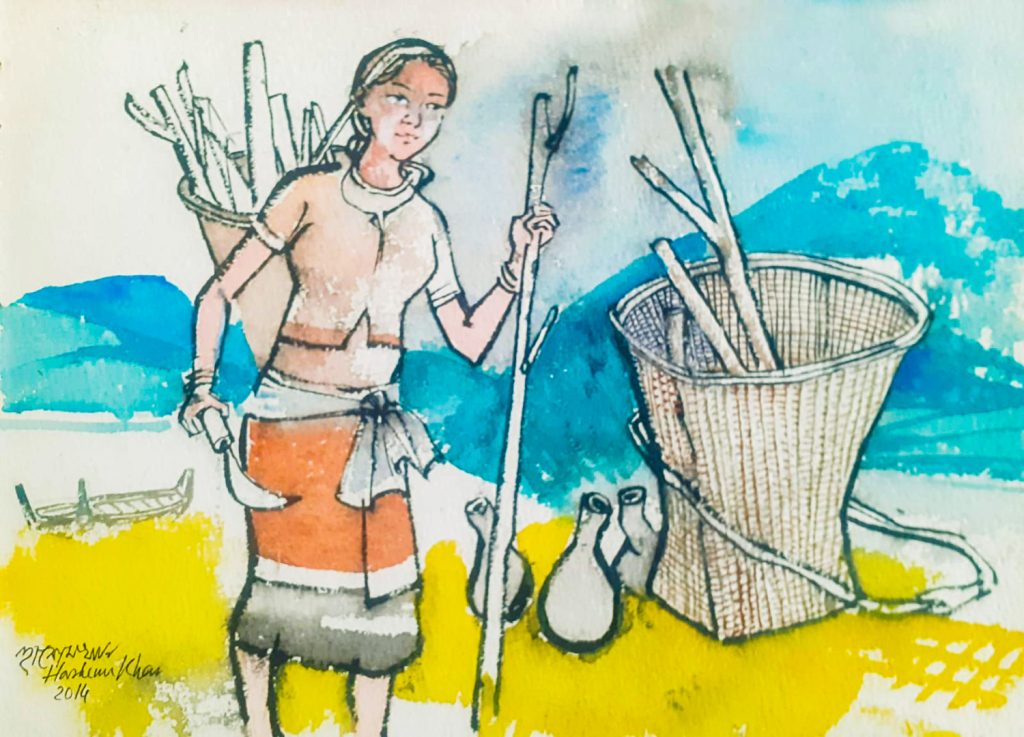
Hashem Khan’s determination to pursue art never wavered. He faced challenges head-on and saw them as chances to grow, showing an unstoppable drive to succeed. By staying true to his passion, he not only shaped his own journey but also inspired those around him.

